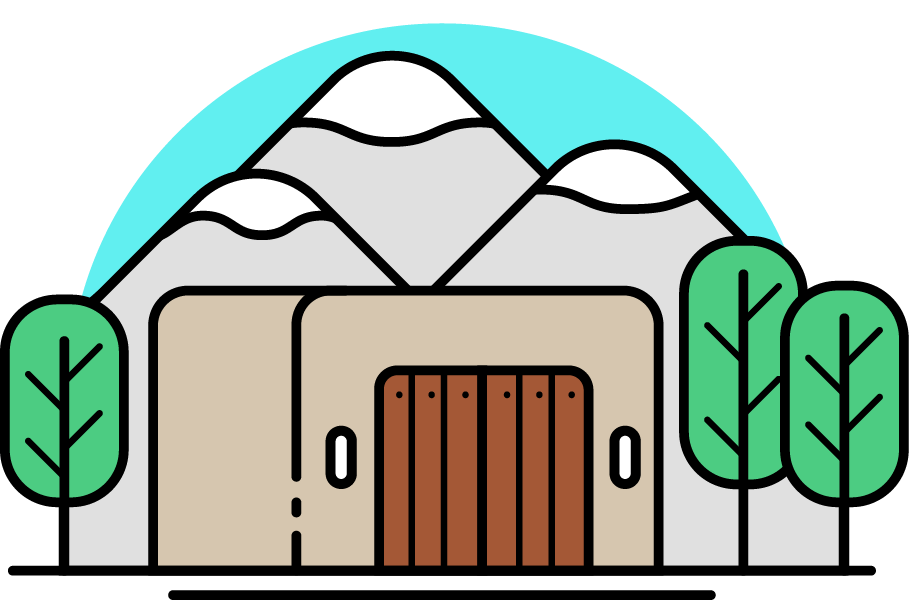Ghalat Mosque and the Historical District
Have you ever heard of the hidden gem of Iran, Qalat? If not, it’s time to add this charming village to your bucket list. Located just 30 km northwest of Shiraz and at an altitude of 2000 meters above sea level, Qalat boasts a temperate climate and breathtaking scenery that will leave you in awe.
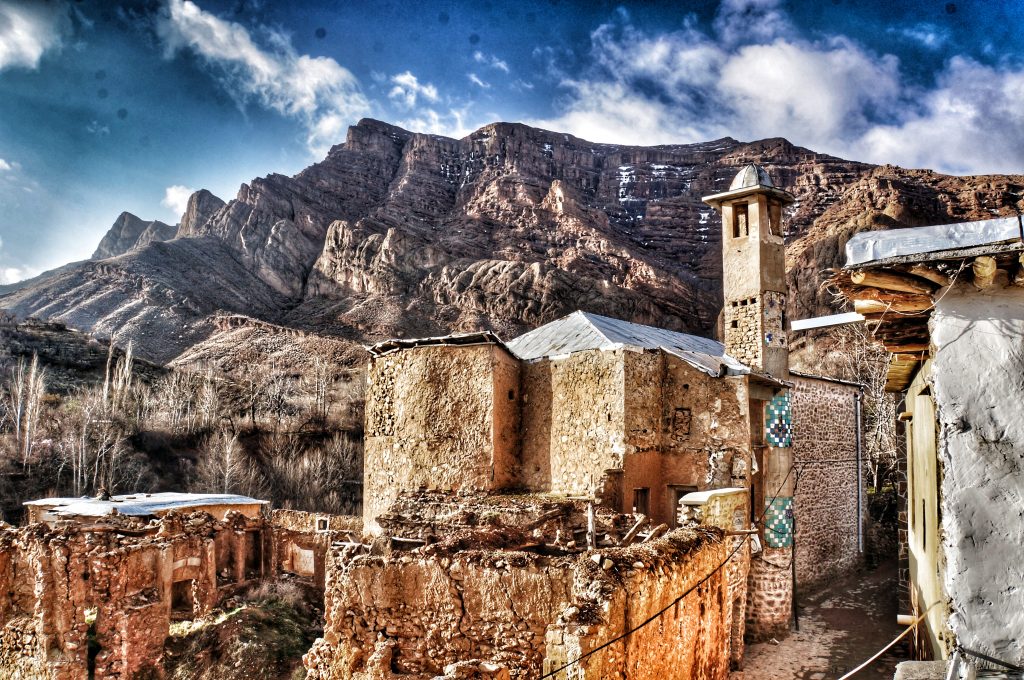
About Ghalat(Qalat)
Qalat has always been a popular destination for tourists due to its geographical location, and over time, the village has grown and now has two distinct districts – a historical district and a relatively new one. The historical district of Qalat is a nationalized area and boasts a rich cultural heritage dating back thousands of years. The district is located on the hillside of Qalat’s mountain and is surrounded by private gardens full of apples, pomegranates, and walnut trees.
Qalat has an accent of its own.
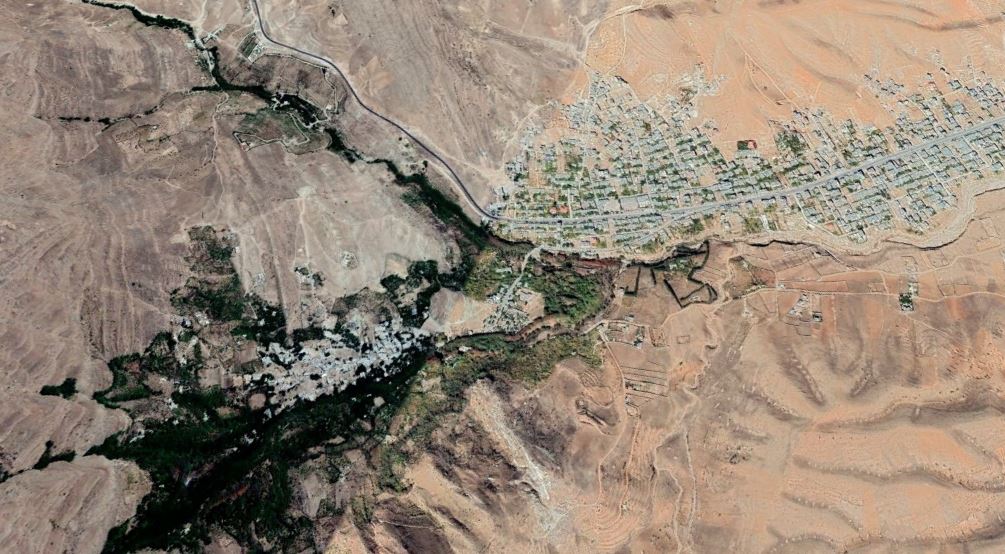
The Relatively New District
As you enter Qalat from Shiraz, you will first encounter the relatively new district of the village. This district has a population of 7000 people and is equipped with modern facilities, including schools, medical clinics, and a mosque. The architecture of the buildings in this part of the village is modern, and the district is in the form of a small town. People here are divided into two groups, those who prefer to work in Qalat itself and those who commute to Shiraz for work. This district is located on a small plain, with a valley on the east side, and a seasonal river passing through it.
Geographically, this area of Qalat is placed on a small plain and on the east side of this plain, there is a valley.
A seasonal river passes through the valley and makes a terrific view at different times of the year.
To put it all in our nutshell Qalati people call the first district ‘Rooboundareh’ or specifically ‘Rooye bam Darreh’ which means ‘roof on the valley’

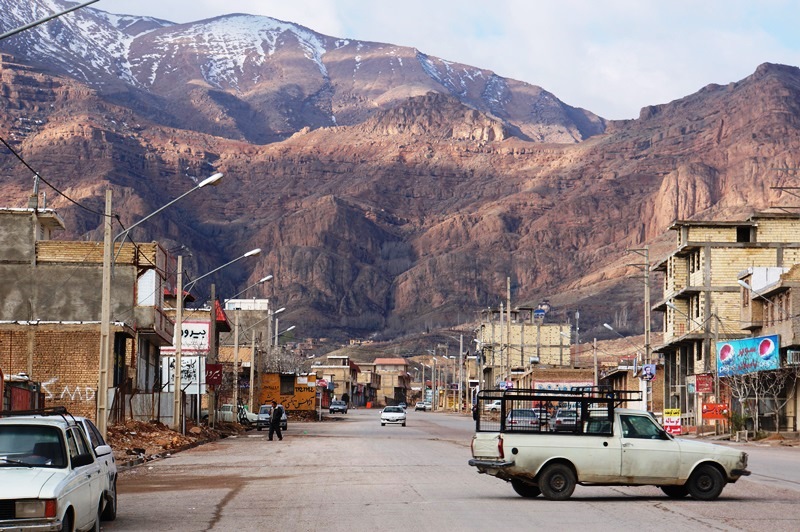
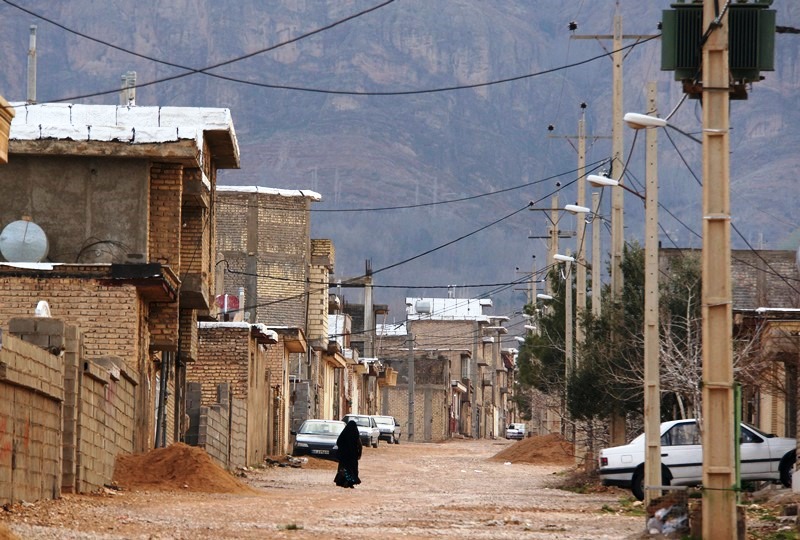
Vineyards and Watchtowers
Drive on the west side of the new district, and you will reach the Shabshotori promenade. Beyond that, you will find the Kodian and Abpardeh villages. On the northwest part of the new district, beyond the hills, are the expansive vineyards of Qalat, and the watchtowers in the yards make them a popular tourist attraction. Before the Islamic revolution of Iran, there were wine factories in the neighboring village of Khalar, but since the people of Qalat are quite religious, they now use their grapes for making raisins, grape seed oil, and grape juice.
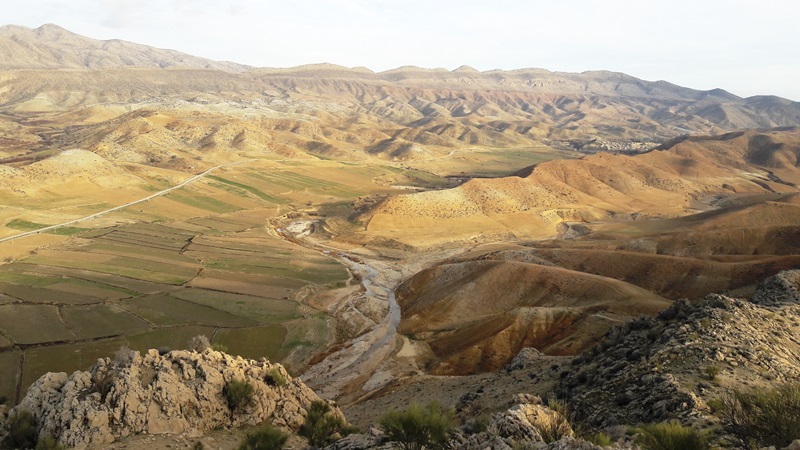
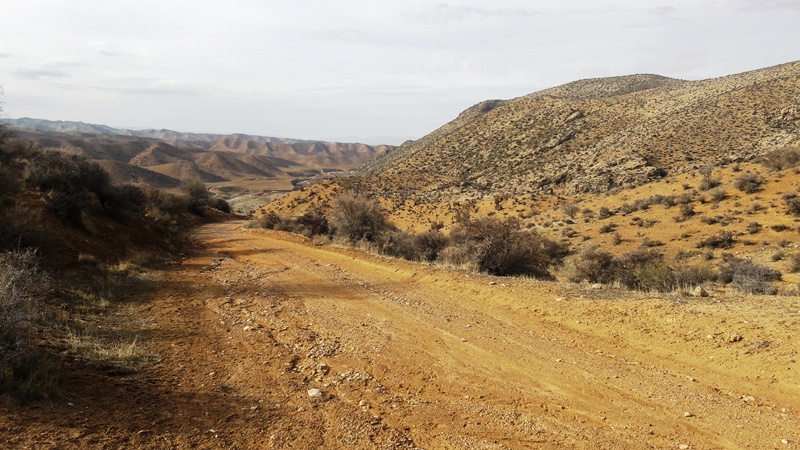
On the northwest part of the new district, beyond the hills of it, are the wide vineyards of the village and the watchtowers of the yards make them a tourist attraction.
Before the Islamic revolution of Iran, there used to be wine factories in one of the neighbor villages called Khalar and the grapes from Qalat’s vineyards were sent to the factories for the process of wine-making but since Qalati people were quite religious through the times, they used the grapes for other purposes such as making raisins, grape seed oil, and grape juice.
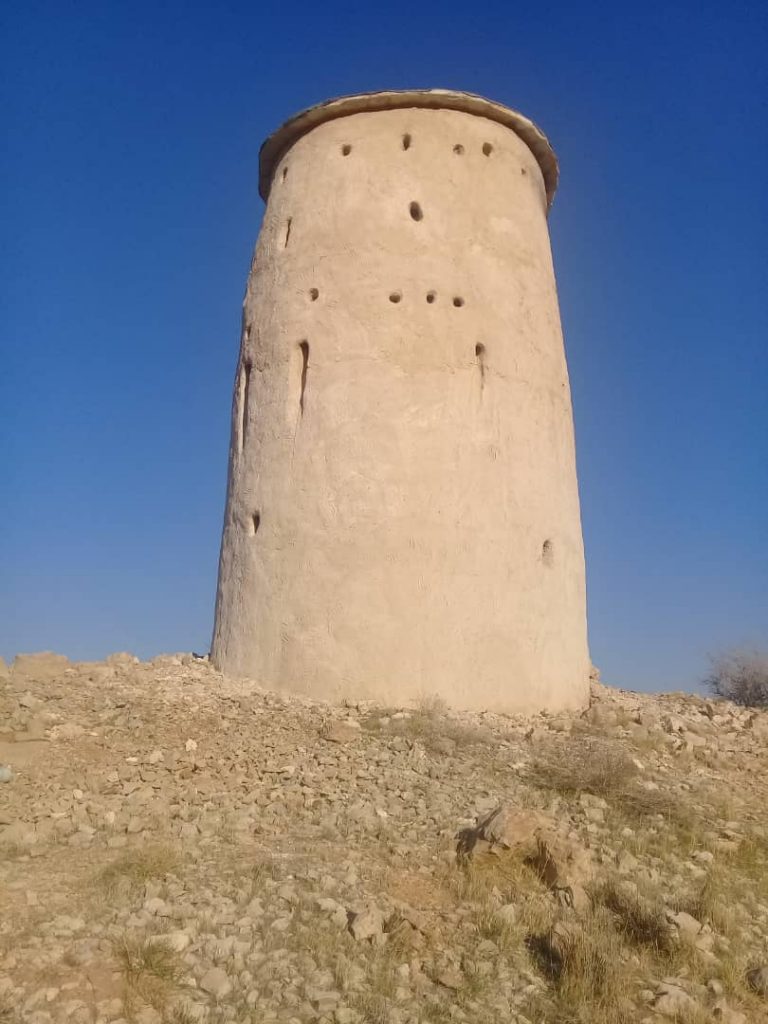
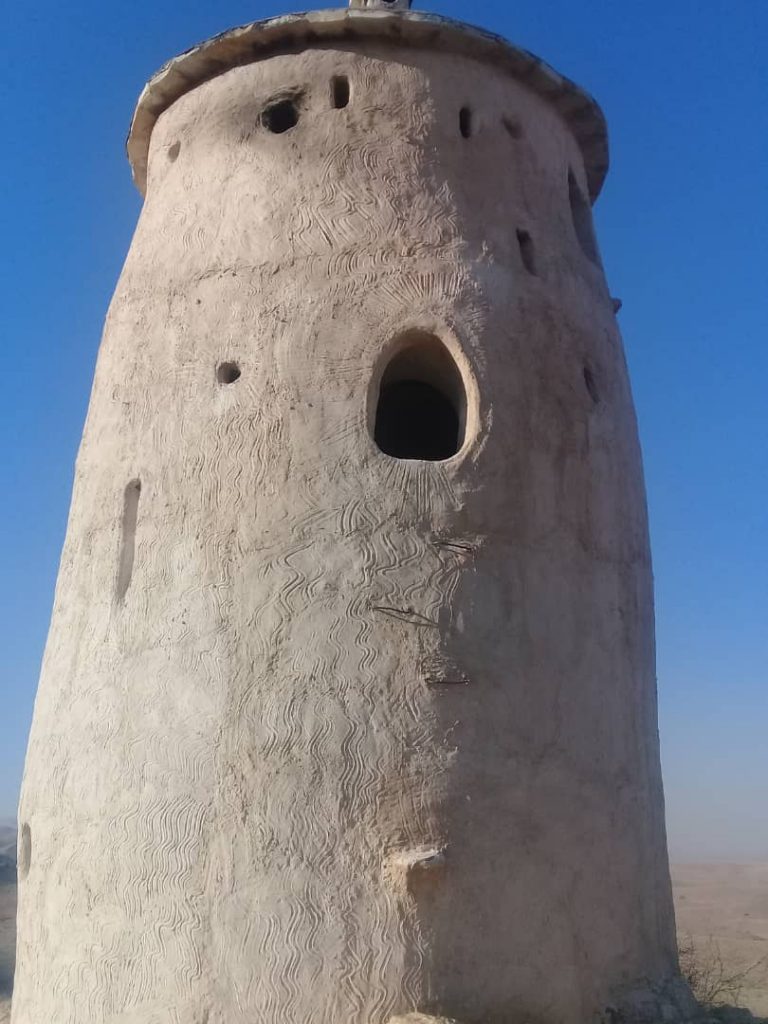
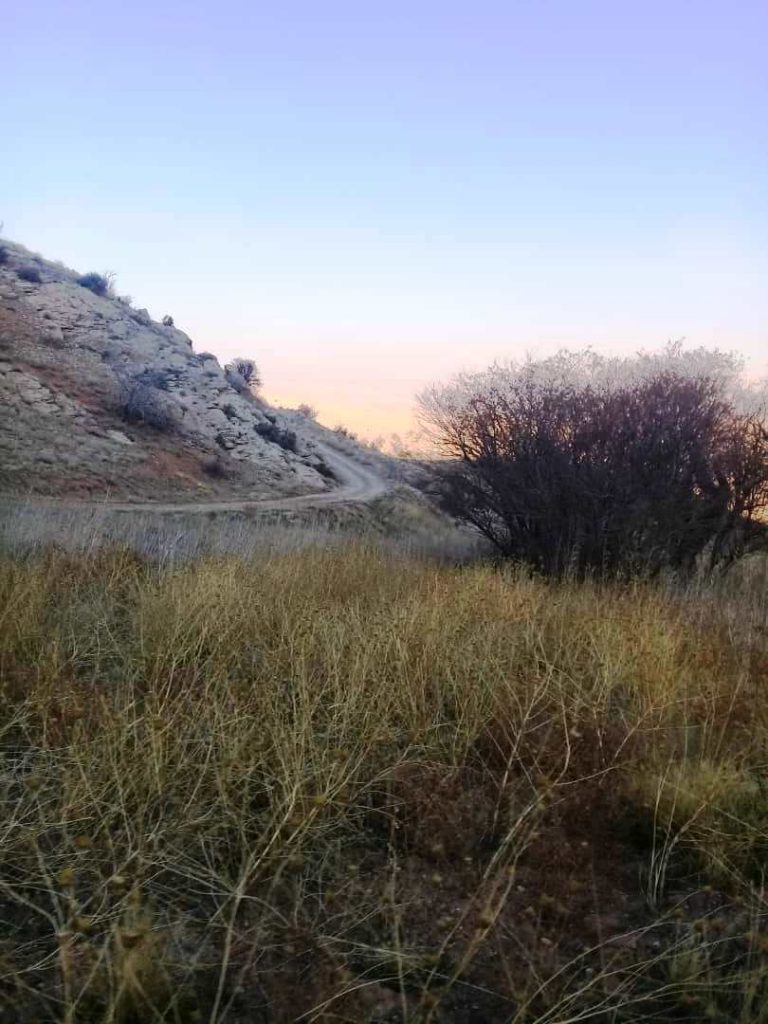
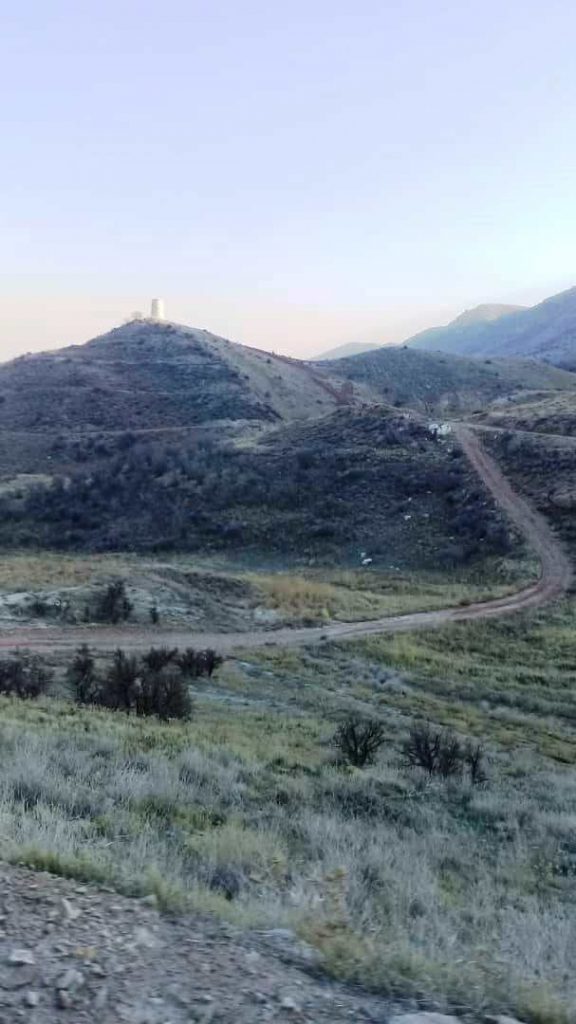
The Main Path of the Old Village
at the end of the relatively-new district, comes the historical one which is located in south and is separated from the first district by a bridge.
The historical area is nationalized so if you would like to continue your journey by car, you would have to pay an amount of money as visitor tax.
As you follow the path after the bridge you will see the old cemetery of the village and in the following, comes the terrific views of nature.
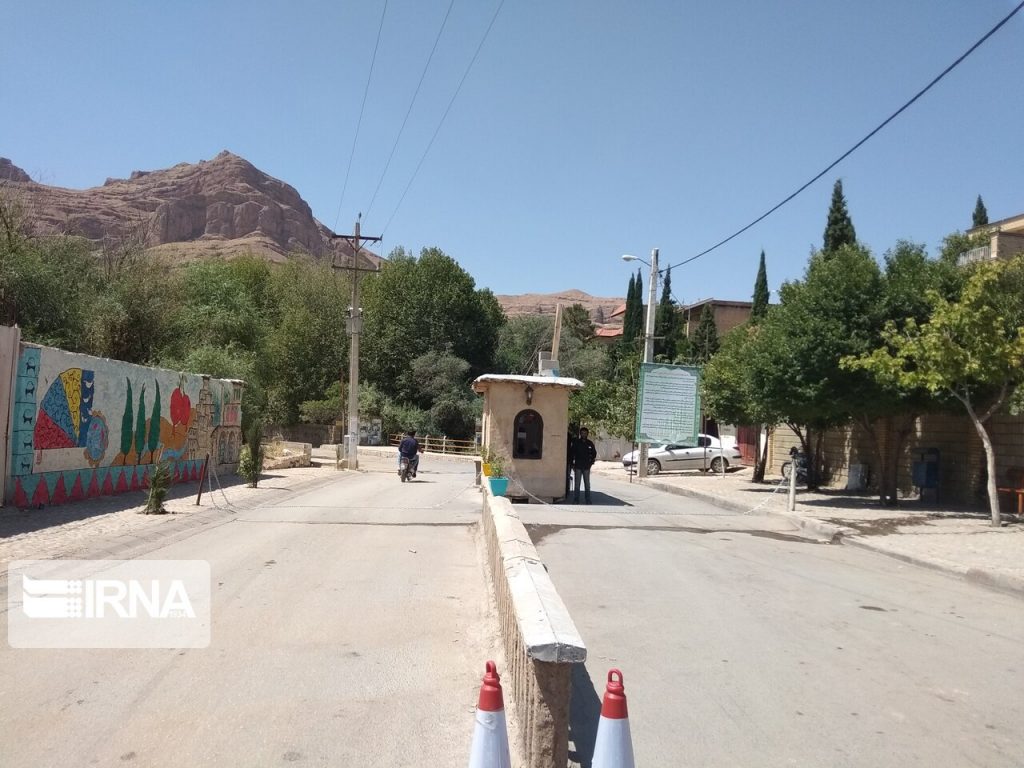
The historical area is on the hillside of Qalat’s mountain (with the height of 3000 meters) so the houses are seen in a stair-like form next to each other. Since the houses have the age of at least 2000 years, some of them got destroyed in the progress of the years. The good news is that recently the owners of the historic houses are involved with the repairment of them.


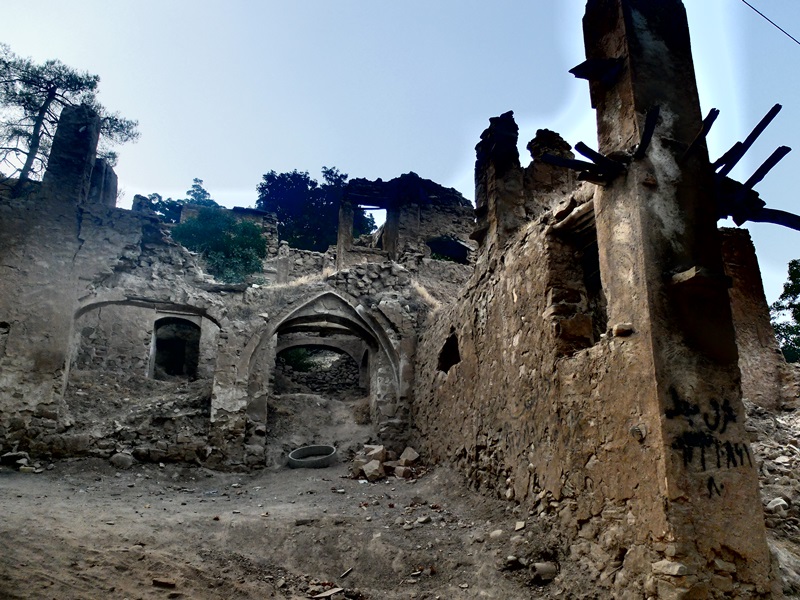
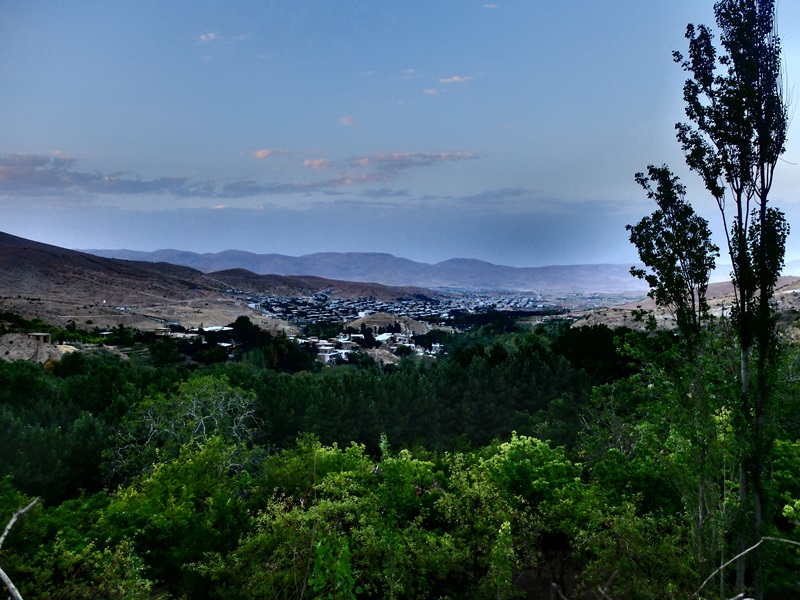
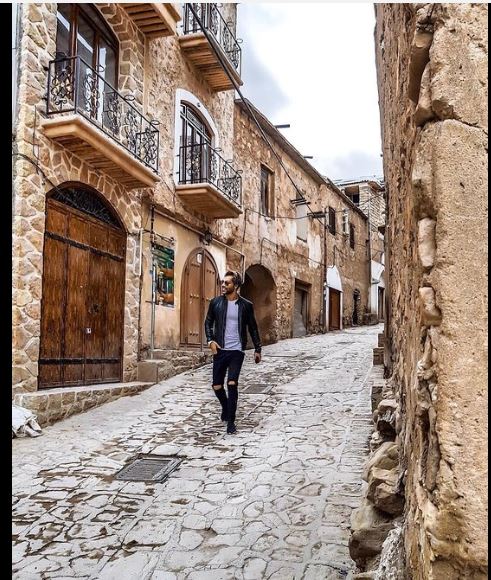
The village is surrounded by many private gardens which mostly are consisted of an apple, pomegranate and walnut trees. The main pathway to the historic district is stone-paved and if you look around the path you will see a lot of old houses with historical architecture. The houses are mainly made of Iranian plaster and stone.
Back in the time, the second district was separated into different parishes. (1.Bala=up, 2.Paeen=down, 3.Tooro=concave, Gowd=convex)
In the second area, you see yourself walking from Qalat’s historical mosque and its historical church. Imagine, people from all different religions lived peacefully together in the villages, that is why this site is seen.
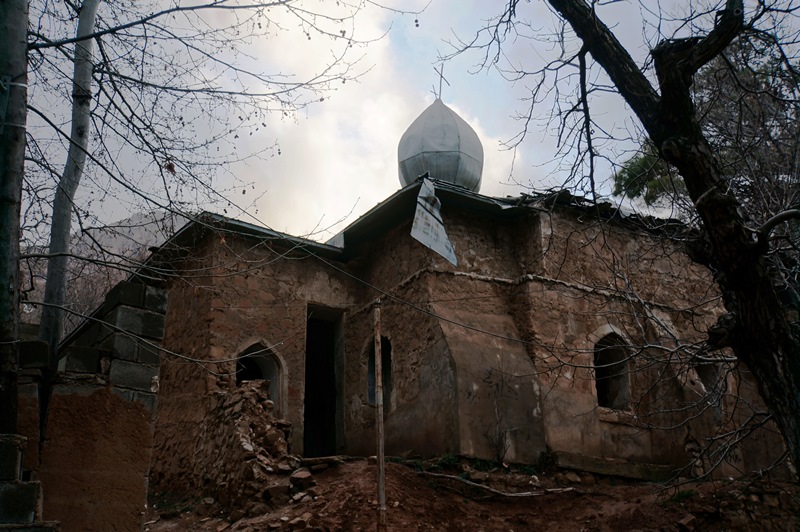
Okay, now as we continue our journey the passage seems longer and that is because of the very long plane trees, we notice the old public bath and the old church. At the end of this path, we will get to Qalat’s first waterfall (known as Tabgah). If we move to the west we will see Qalat’s second waterfall (known as Payeh Takht) and the third waterfall (known as Gooreh Siah). Above the waterfalls and on the hillside, there are several springs that provide the waterfalls’ water and then the water is steered by narrow brooks to the gardens. (the private gardens mentioned before). Qalat’s old fort (Qezel Arsalan) which is kinda ruined is above this very mountain.
In the past, there used to be a lot of chambers used for business purposes, for example, some of them sold fabrics, some, carpets and some, shoes (in these chambers a special type of shoe was made and they called it Malki). After a while, these chambers were closed due to the bad economic conditions, but we do hope that one day all of them revive.

So, if you are interested to check Qalat out and visit its very interesting places you can take bus number 50 from Ghasr-e Dasht bus terminal which is close to Ghasr-e Dasht metro station. Oh, and if you wanna add a delicious Persian or local meal to your journey, I’ll have to let you know that there are a lot of good restaurants and coffee shops in the historic district. On the weekends the village is quite crowded (Tip: Persian weekends are Thursdays and Fridays). If you are lucky enough to visit this very beautiful village in late spring or summer, you can use our leaders’ experiences about different beneficial herbs and you can enjoy the magnificent yet , rare views of nature.
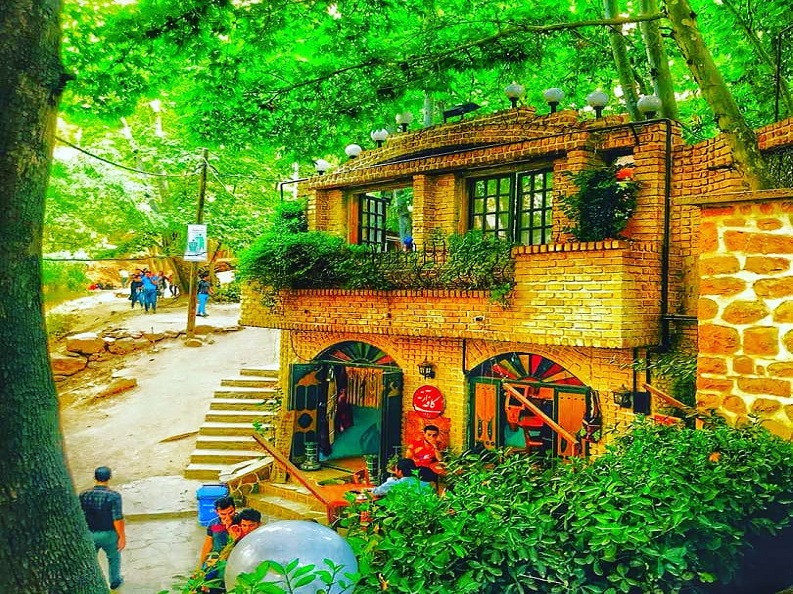
Don’t forget to see our Things to do hope to see you soon here.
